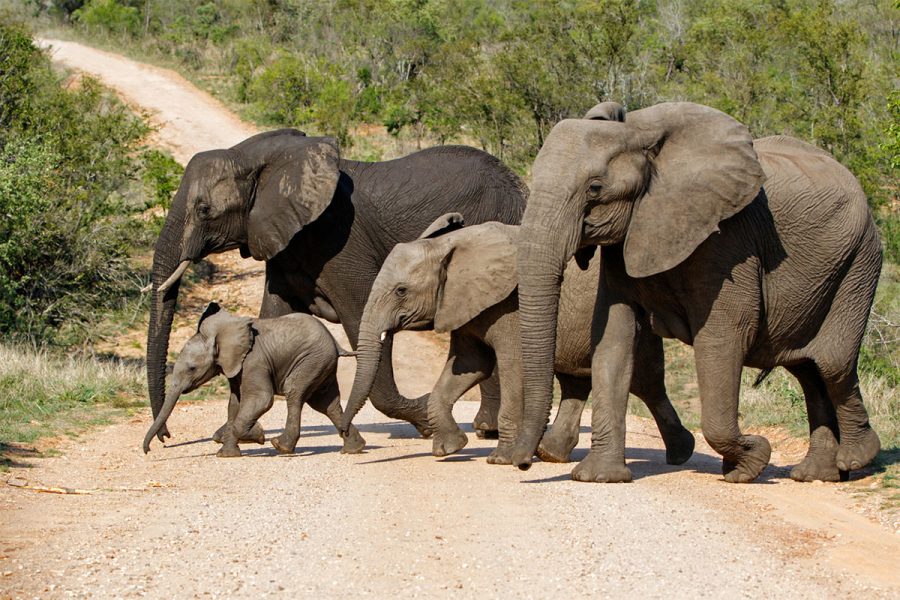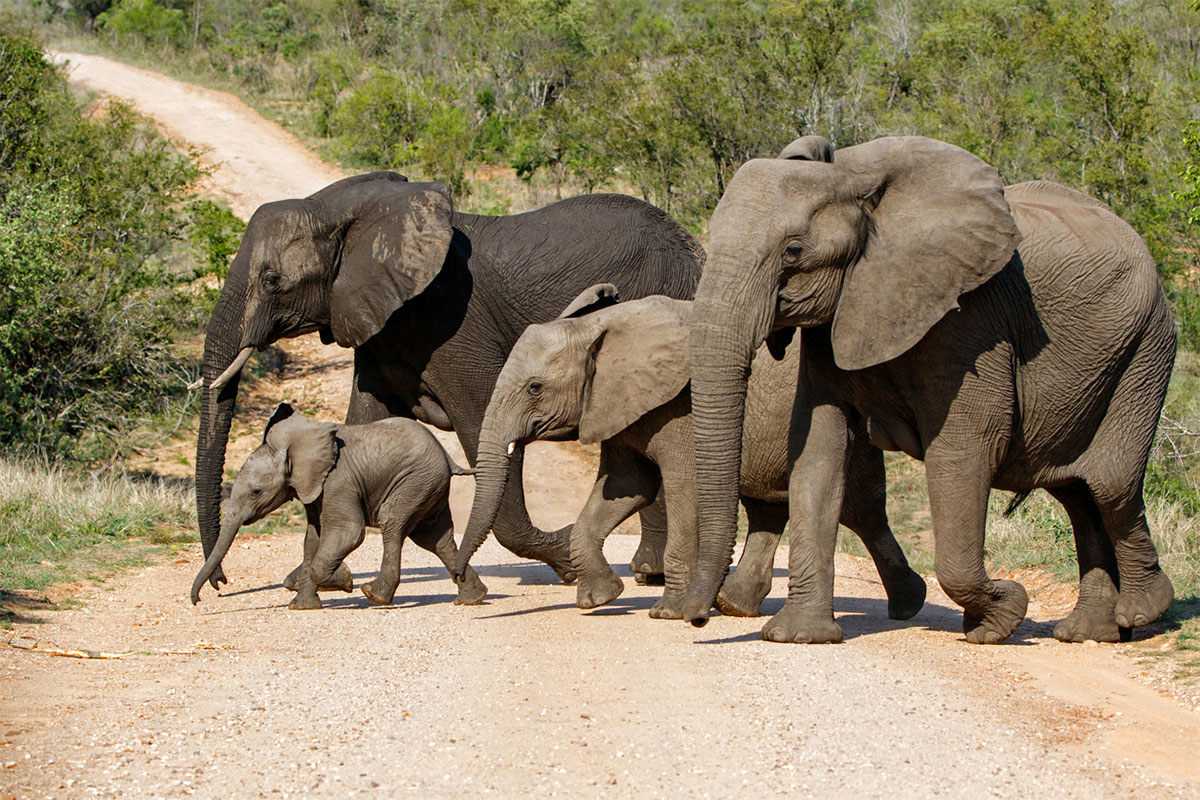
Earth’s wildlife is closer to mass extinction than we think
A recent study has revealed that we are closer to a mass extinction of Earth’s wildlife than we think. Human destruction of global wildlife is occurring at an alarming rate. This is according to a new study published in the journal Biological Reviews last week. ALSO READ: Africa’s biodiversity: We can’t protect what we don’t know THE […]

A recent study has revealed that we are closer to a mass extinction of Earth’s wildlife than we think.
Human destruction of global wildlife is occurring at an alarming rate. This is according to a new study published in the journal Biological Reviews last week.
ALSO READ: Africa’s biodiversity: We can’t protect what we don’t know
THE FUTURE OF THE WORLD’S BIODIVERSITY IS AT STAKE
According to a report in the Jerusalem Post defaunation, defined as “the global-scale decline of animal biodiversity” is a disturbing consequence of human life on Earth, the authors of the peer-reviewed study found.
This level of mass extinction is tracked by the International Union for the Nature’s (IUCN) Red List conservation categories.
According to the IUCN’s Red List of Threatened Species, approximately one quarter of the the world’s animal populations are under threat of extinction and about one percent have already been declared extinct.
The study suggests that the IUCN report does not tell the full story.
ALSO READ: Animal welfare organisations can apply for funding from Lottery again
TRACKING POPULATIONS ARE AN INVALUABLE TOOL IN DETERMINING THE DECLINE IN SPECIES
The authors of the study suggest that extinctions are the result of a progressive population decline which eventually reaches a “tipping point” after which time it cannot recover.
ALSO READ: Cost of living crisis: How to save and still eat healthily
“The circumstances that trigger the onset of these processes of decline can be multiple,” explained authors, “but they have in common an alteration in the interactions between environmental conditions and the traits that species have evolved to face those conditions – i.e., when patterns of natural selection change at rates that exceed a species’ ability to respond or adapt to such changes.”
NOW IS A CRITICAL TIME TO INCREASE OUR CONSERVATION EFFORTS
The study also suggests that focusing on and publicising the rate of biodiversity decline must be a universal priority.
ALSO READ: Cape Town dam levels: Latest numbers after heavy rainfall
This article was originally published by Angeline Schwan.
